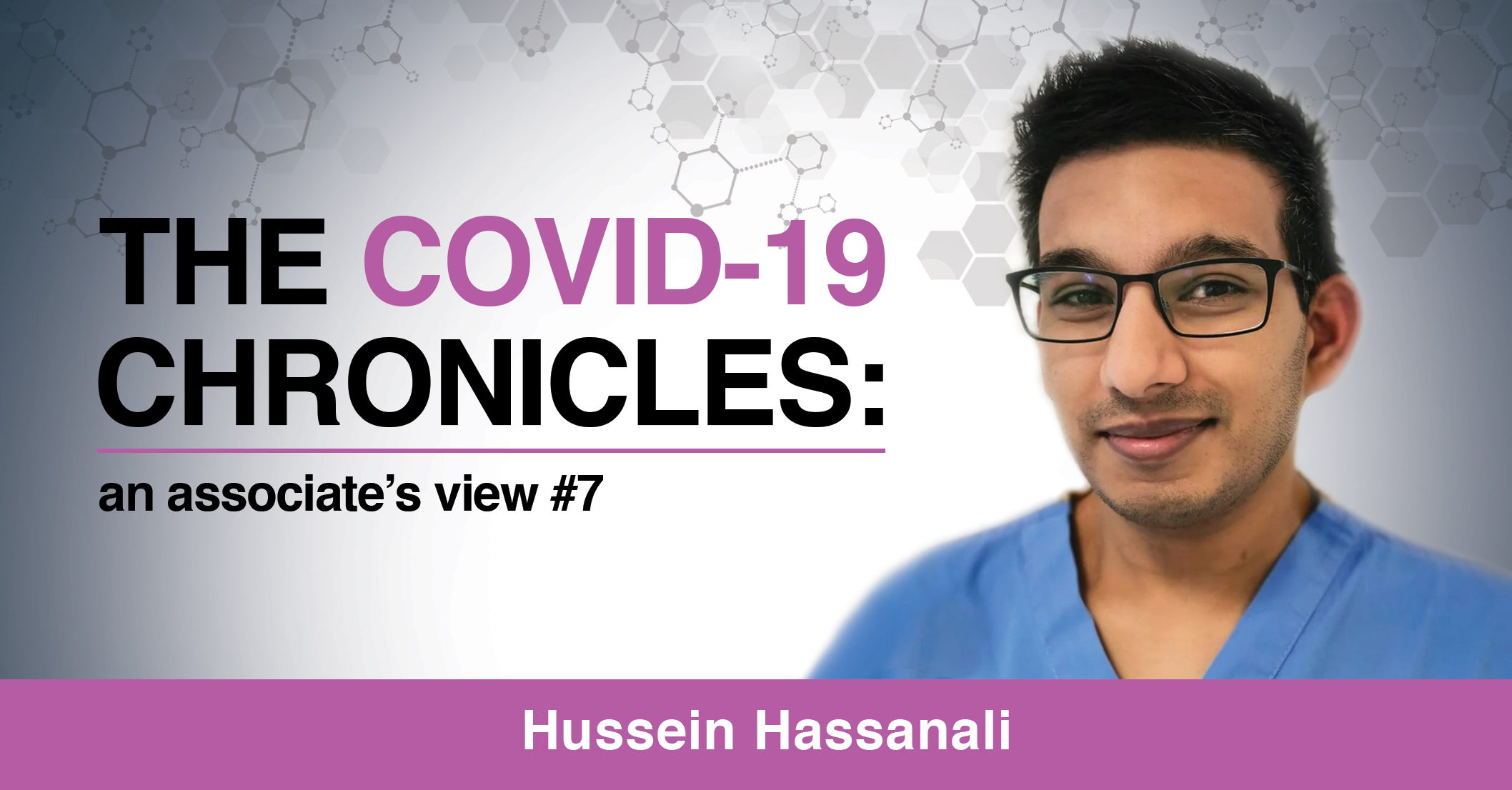For the last 12 months, Hussein Hassanali has been blogging about life in the dental world during the pandemic. Throughout his series of blogs, he has described the challenges of working through Covid and in this latest post, Hussein discusses how practices are dealing with a rapid rise in patient enquiries and whether a private revolution is on the horizon…
Understandably, practices closed in the first lockdown to construct safe standard operating procedures for clinical teams and attending patients. As frustrating as this was, arguably it was a necessity. Our local dental committees played a critical part in creating clusters and urgent referral hubs.
There was much form filling for triaging. Some days were so busy the phone was glued to my ear. Other days were quiet enough to take a stroll around the block; stretch my legs with some fresh air. In some respects, I felt helpless until face-to-face dentistry was back.
We’ve gained patients by simply being open. Private practices were quite content after some NHS patients got fed up with waiting and expressed themselves with their feet. Most of our patients have been nothing but thankful for seeing them and being able to offer all necessary clinical treatment, with their sympathies for the PPE we have on.
Unsurprisingly, the additional time available to talk to patients made a noticeable difference in private treatment uptake. It may be because patients have additional disposable income, but I’d like to think it’s because when patients think you have time to care, they’re willing to spend their cash with you.
Other patients have realised that ‘buy cheap, buy twice’ may not be best for their teeth. As health became the centric mainstay of this new decade, they’ve realised how important it is to have good prevention combined with the most appropriate long-term treatment options.
A membership plan through Practice Plan was introduced by the practice in September, and although it was slow going to begin with, we’ve had patients who see the benefits of going private.
The hit ratio for conversion is low while the NHS option pervades. For many, that’s all they see – those three letters… N… H… S… – no amount of persuasion will make them change their viewpoint. In which case, the only way is to remove NHS from the equation, leaving them with the stark choice of switching sides or seeking care with another provider.
NHS practices were already reliant on private uptake to increase turnover prior to Covid-19. Since then, having to depend mostly on NHS contractual payments has left holes in the budget. Of course, this was still significantly more than fully private practices when closed. With doors back open, has the balance swung?
Theoretically, there’s little financial gain for NHS practices to achieve above the adjusted targets. Short-sighted practices saw this as the ceiling, not the floor. Long-sighted practices understood that goodwill is the mainstay and have been doing whatever they safely can.
Being back in the groove by doing more isn’t trying to upend neighbours. If anything, it’s getting your confidence back; having faith in SOPs and PPE. Apart from the two extra minutes donning PPE or fetching patients from cars instead of the waiting rooms, the rest is almost the same.
Access remains a never-ending problem, significantly for new patients seeking NHS care. This will always be an issue when there’s a defined NHS budget with no flexibility. They often require extensive treatment. A number of hours in your surgery on the UDA system is a financial money pit. You may as well throw your money on the fire.
There’s no financial incentive to see new patients on the NHS. Practices have to absorb those costs in surgery time, manpower, materials and equipment. Do that privately and you increase turnover while getting proportionately remunerated for the amount of treatment required.
Even before Covid-19, practices grew private percentages through expansion as mixed practices. This was by both new patient uptake and increasing specialist services. Once there’s enough private goodwill, thoughts can turn to conversion.
Will more practices decide this is the way forward? By taking control of the patients they see, the way they operate and full control on the way they operate their services? Is a revolution on the horizon…?
About Hussein Hassanali
Hussein graduated from the University of Liverpool in 2009 and completed his PG Dip in Restorative Dentistry in 2020 which granted Fellowship of BAARID. He is an NHS Associate Dentist in York with a special interest in ultrasonic restorative dentistry. He has a broad range of experience having worked in both NHS and private, and both corporate and independent practices. To date he has over 20 publications to his name and continues to support the profession through his regular contributions, as well as being on the BDJ Reader Panel and an Editorial Advisory Board Member of Young Dentist Magazine.
